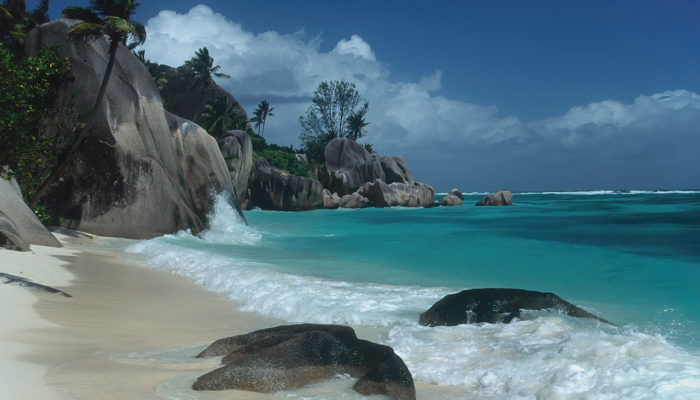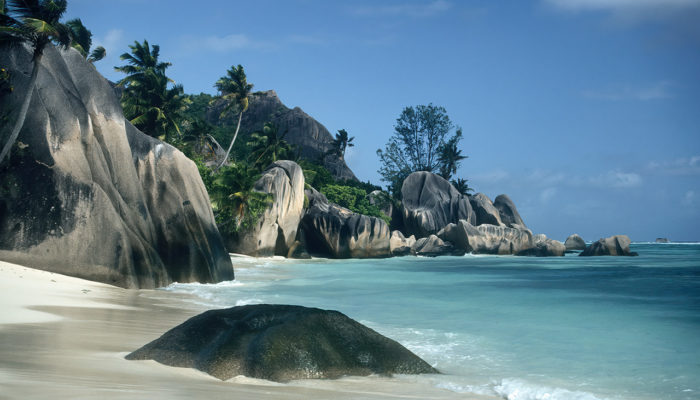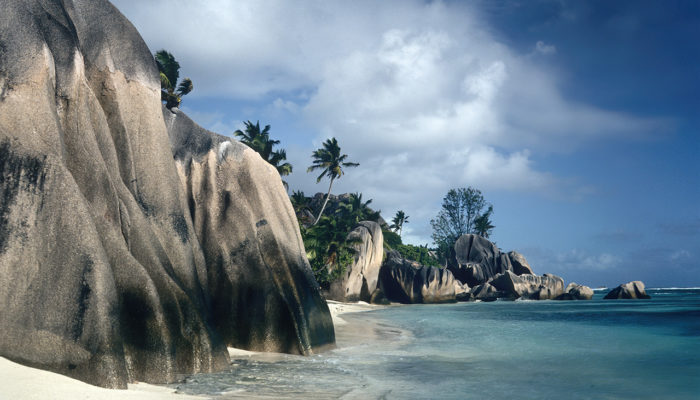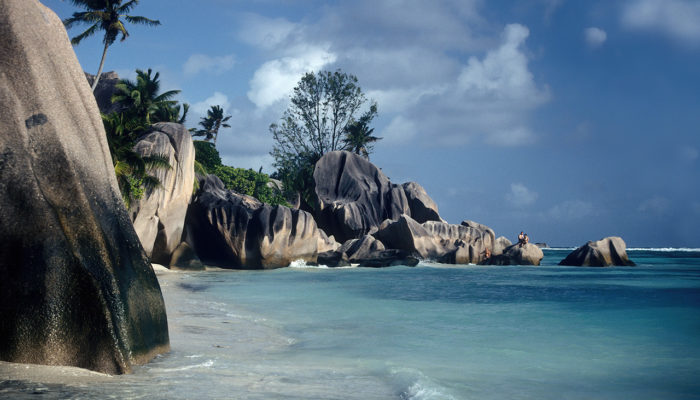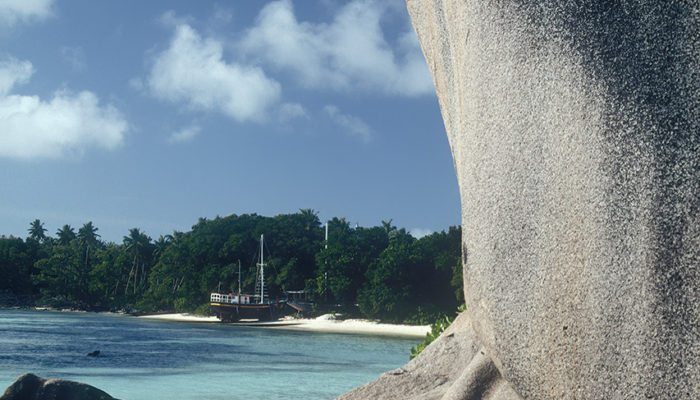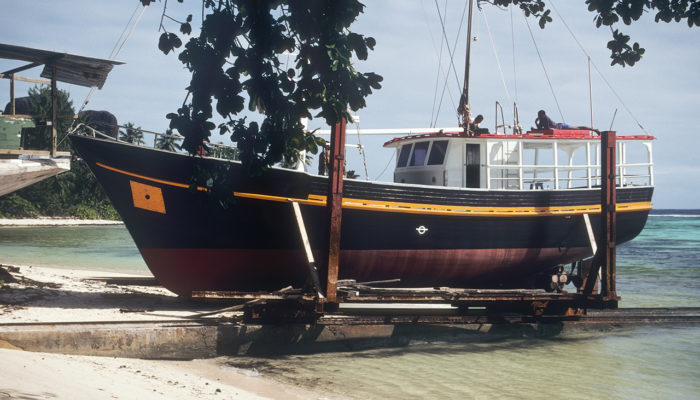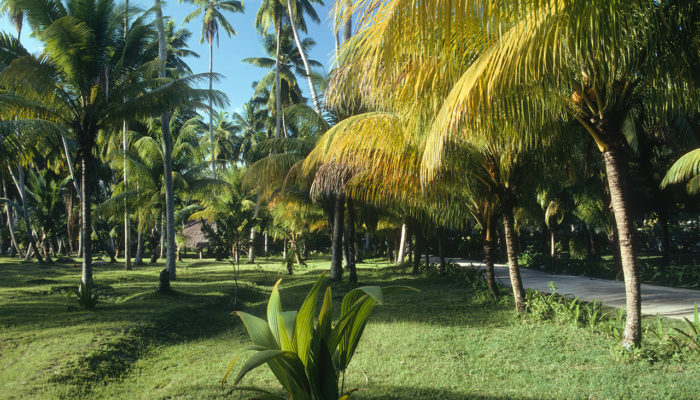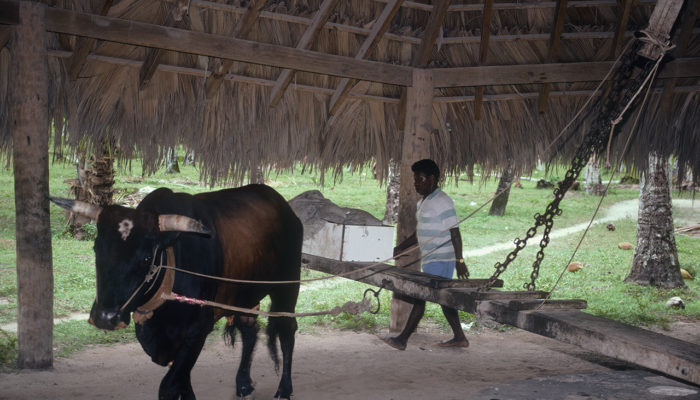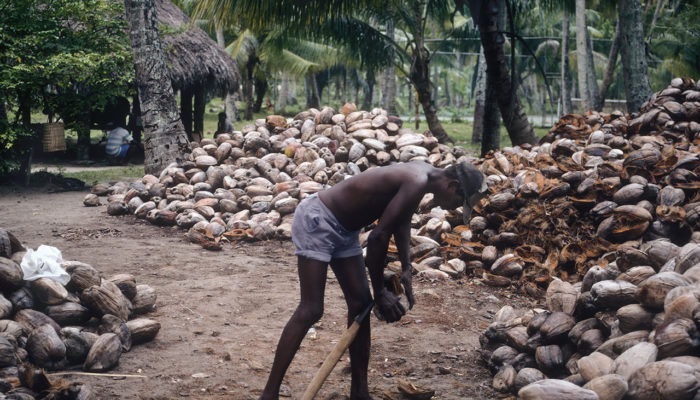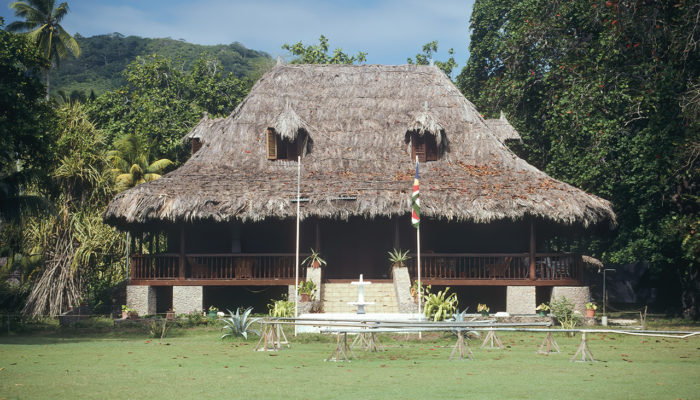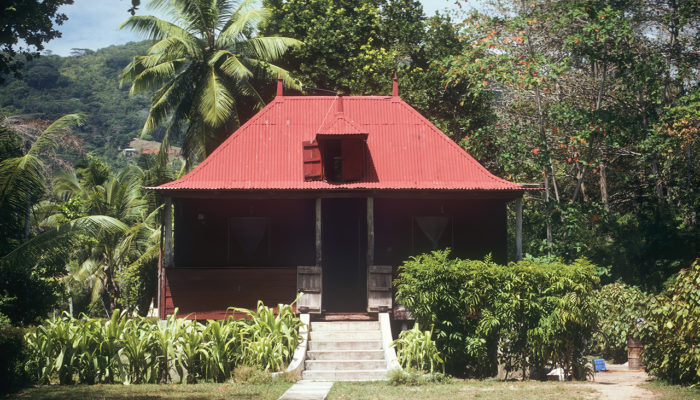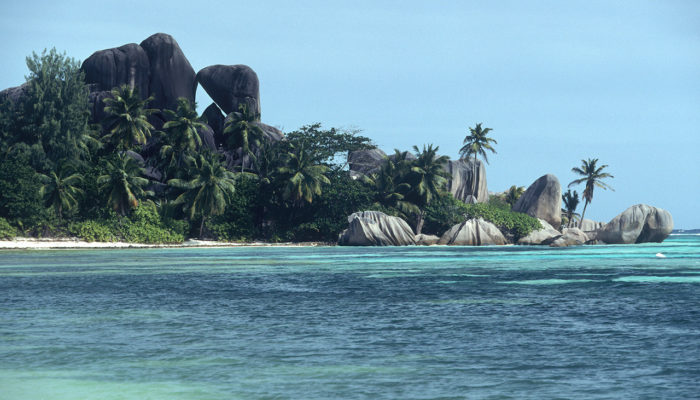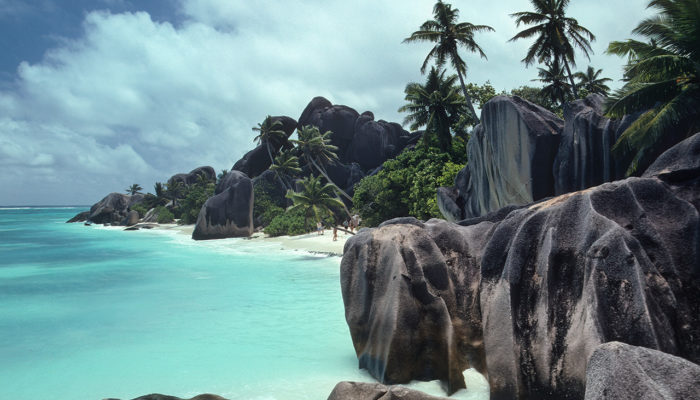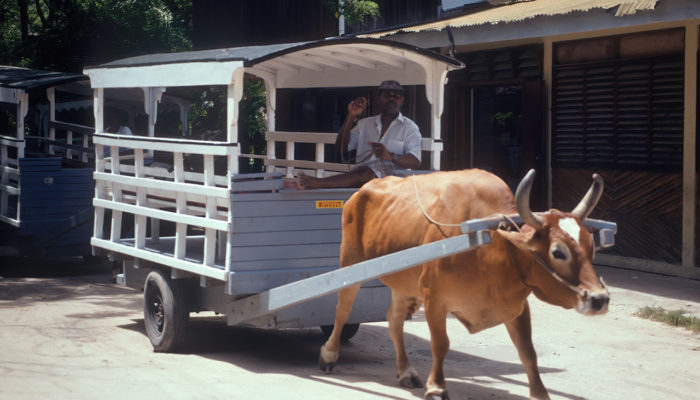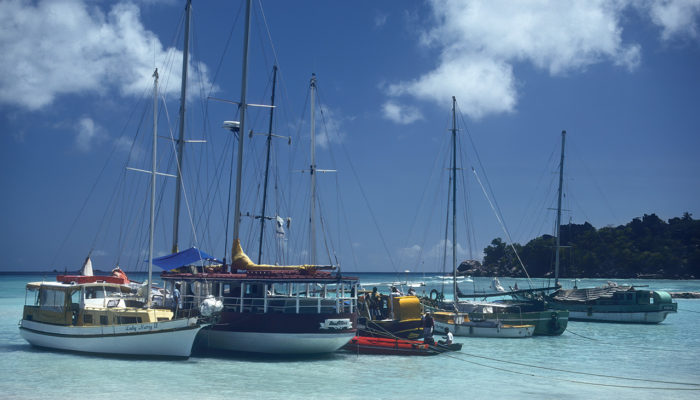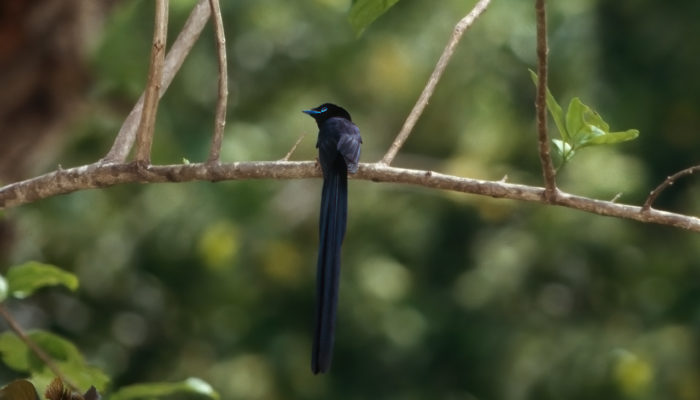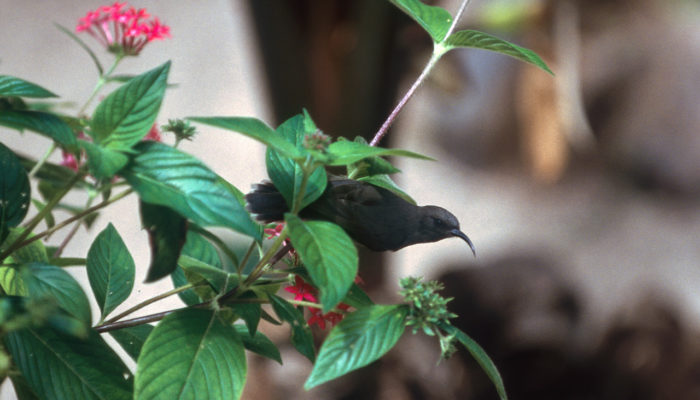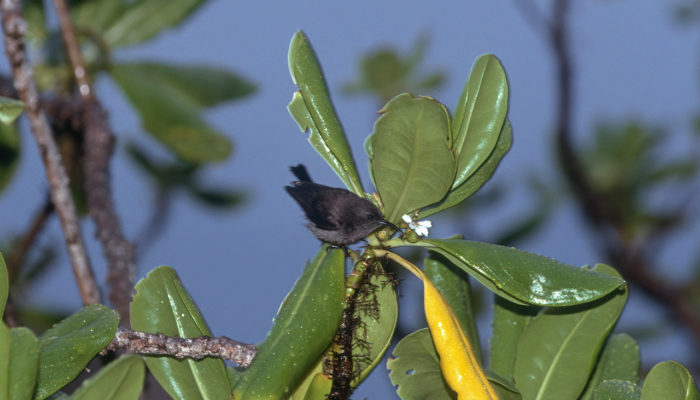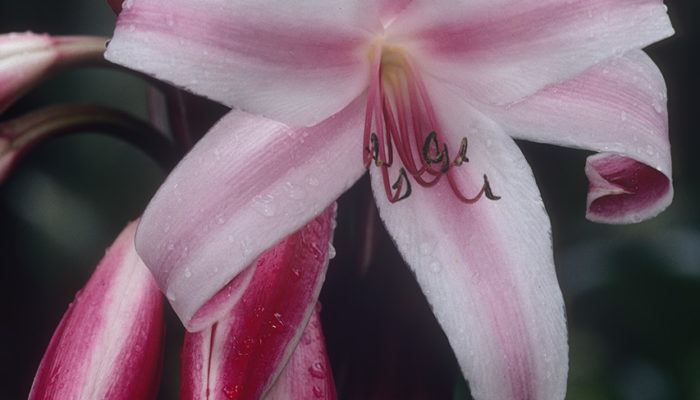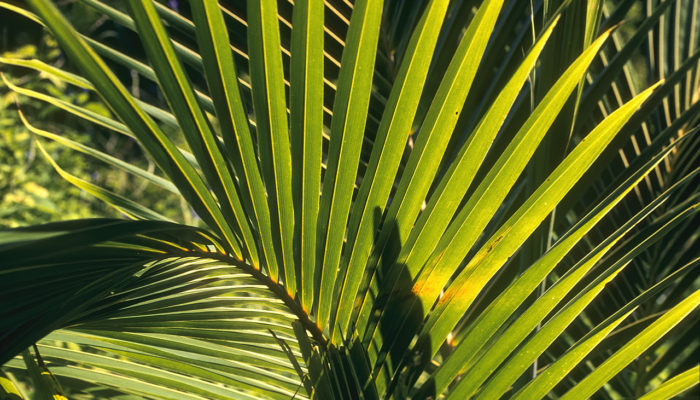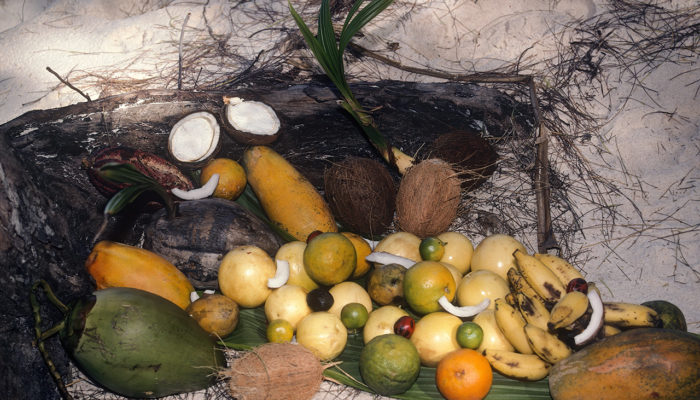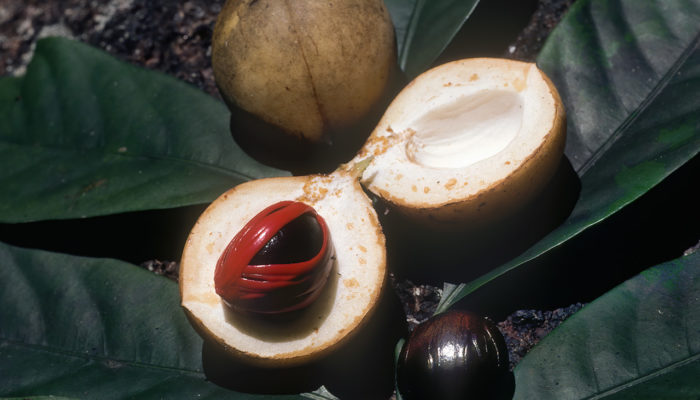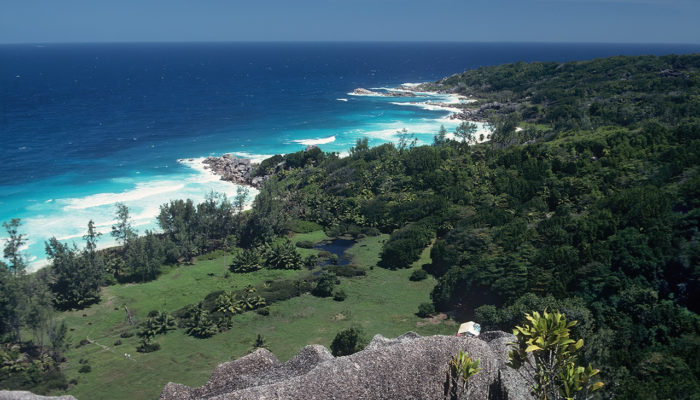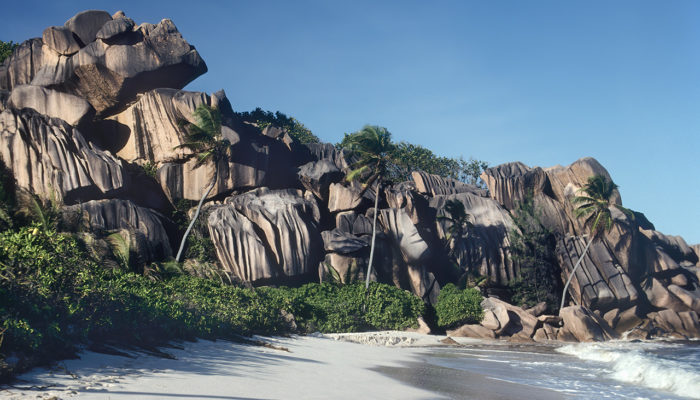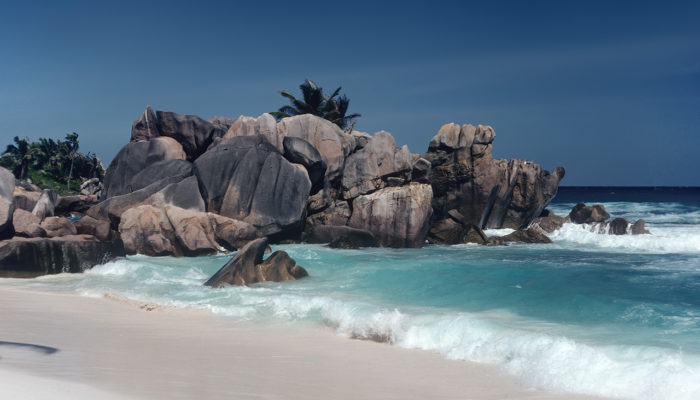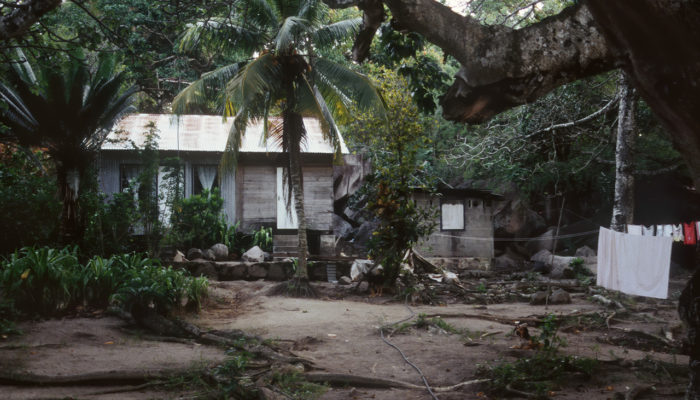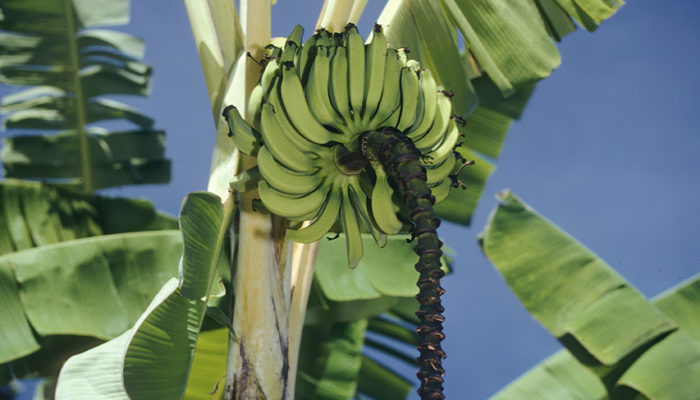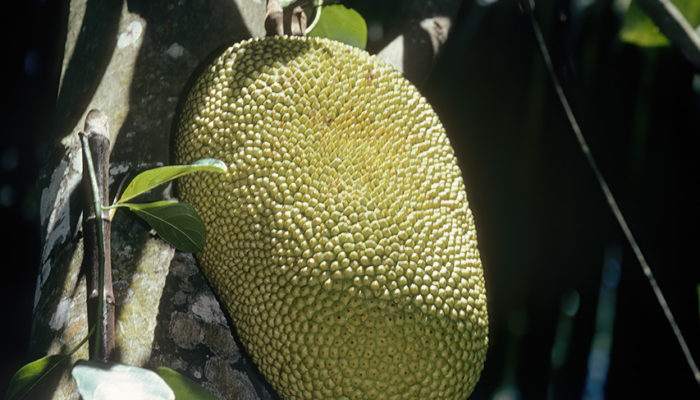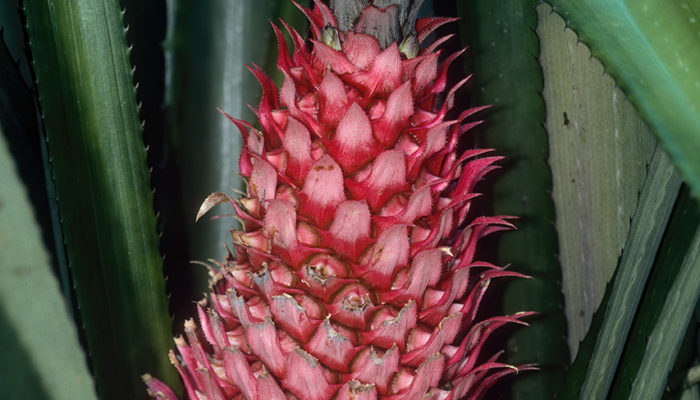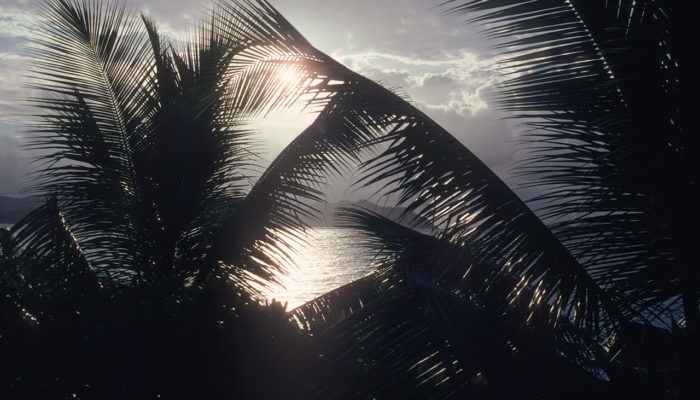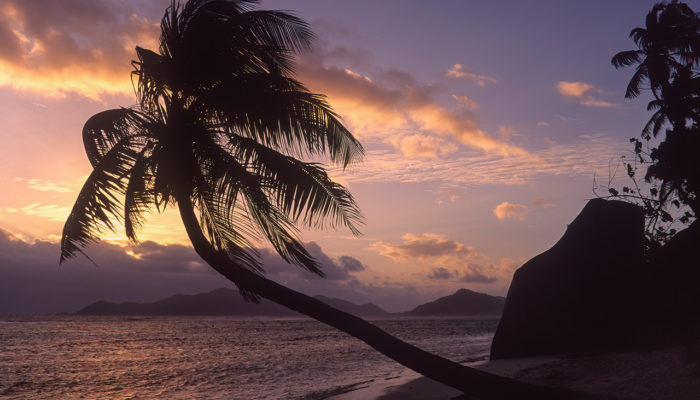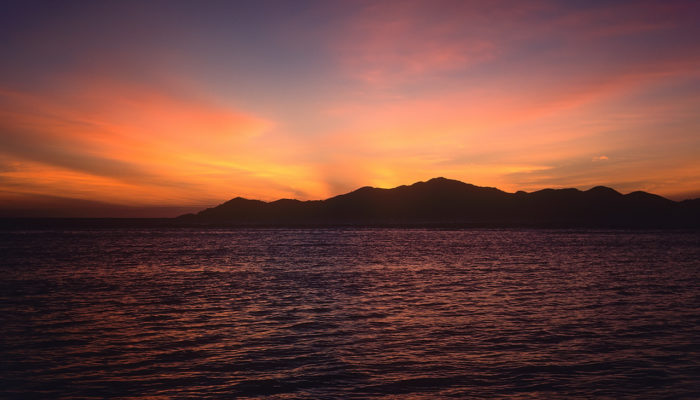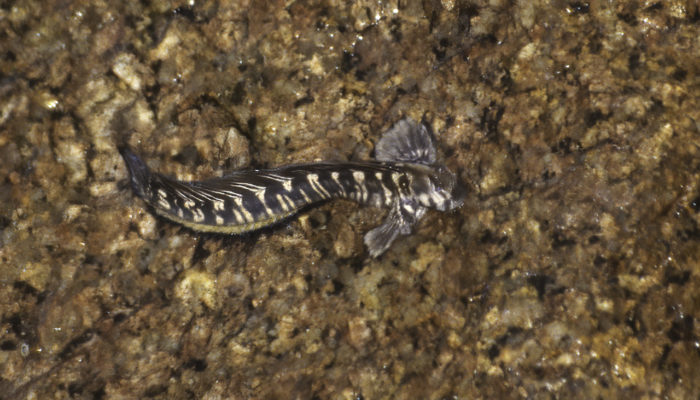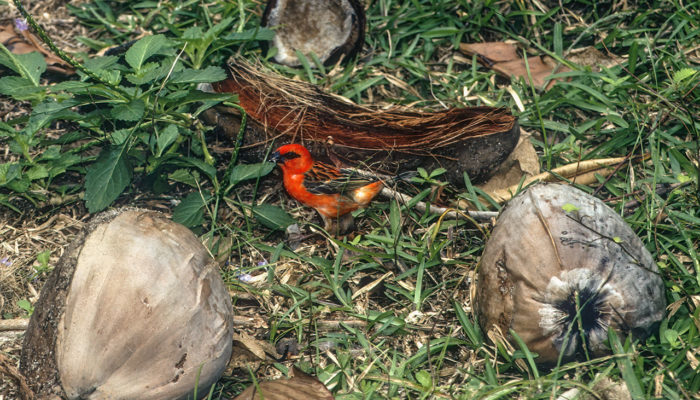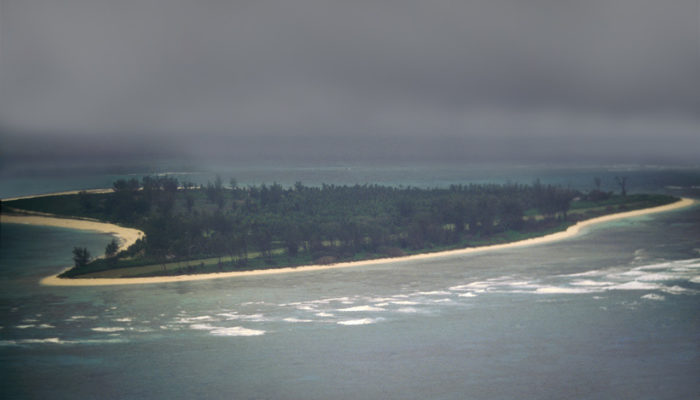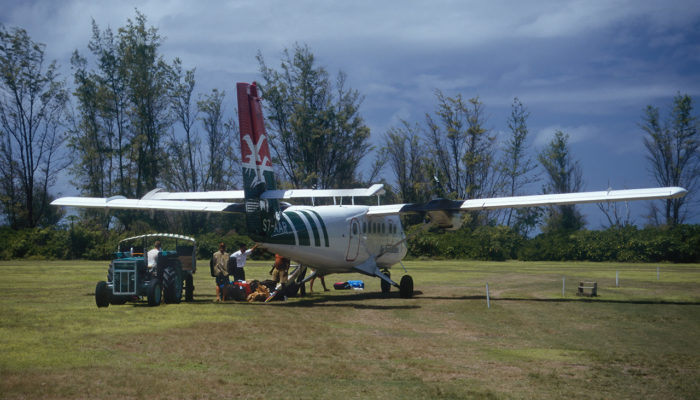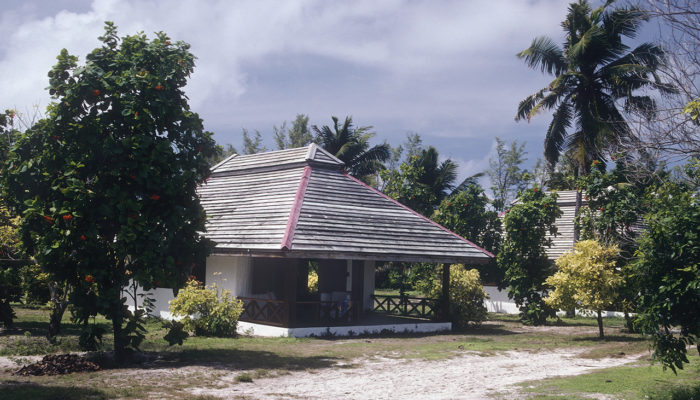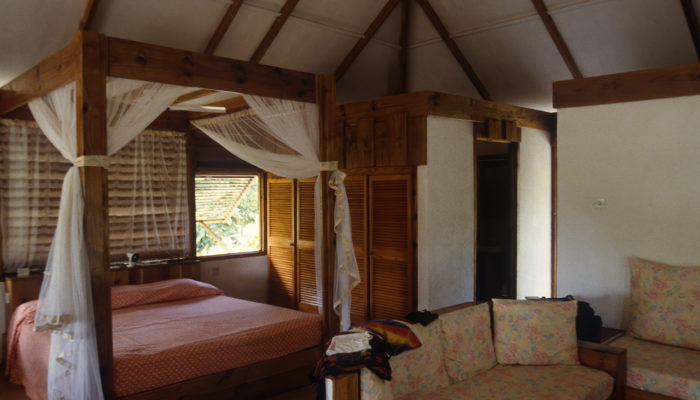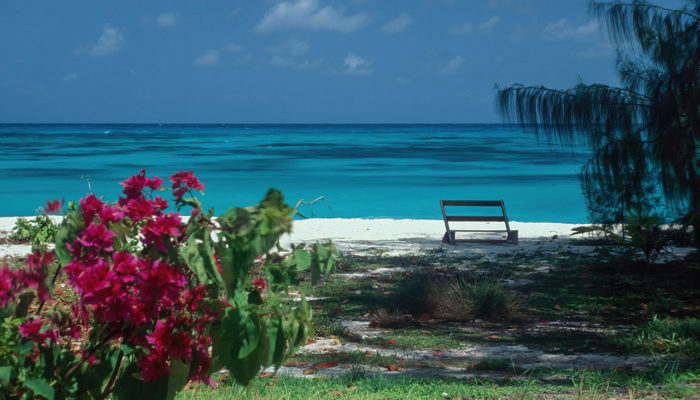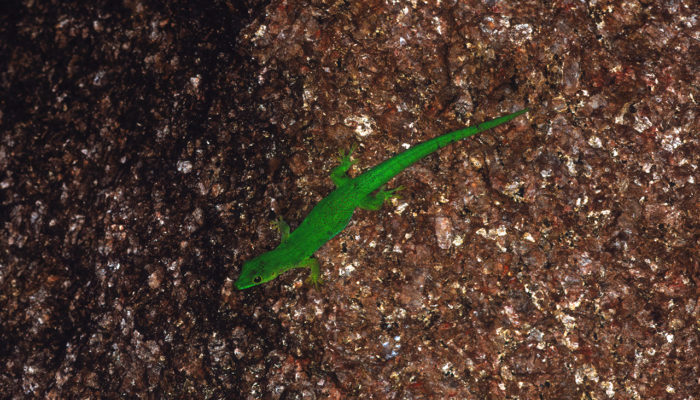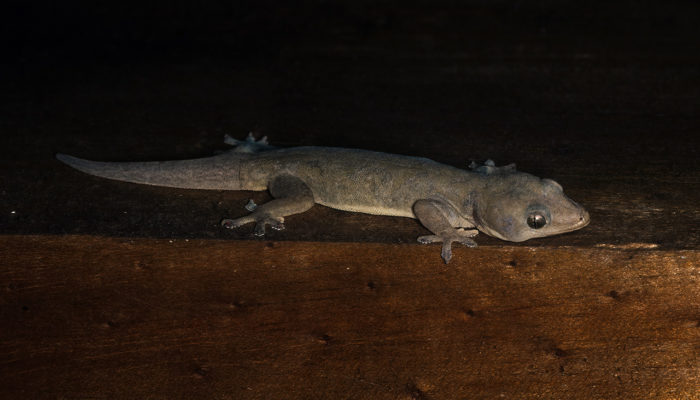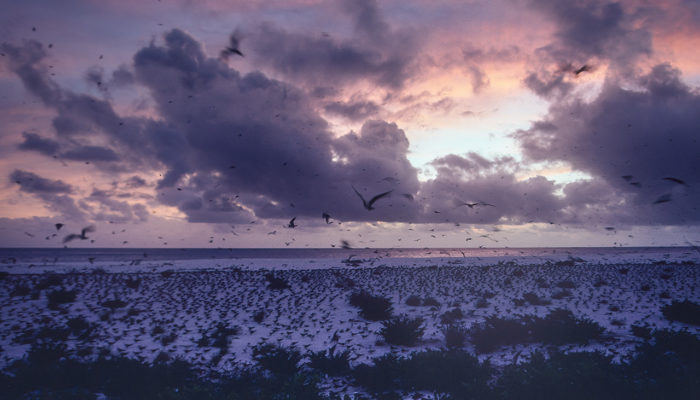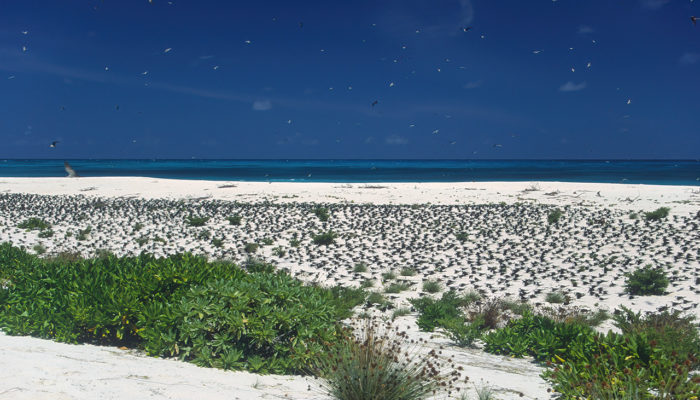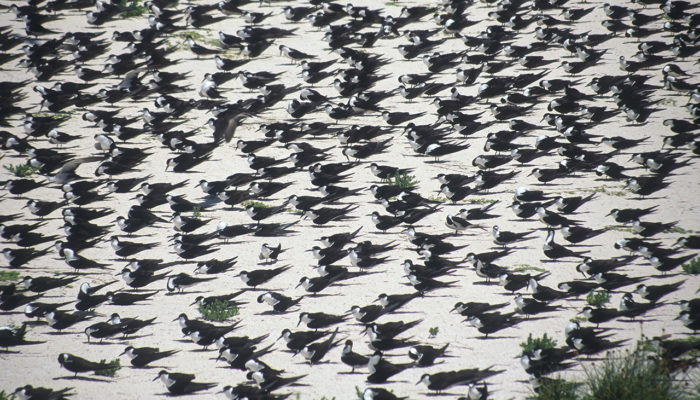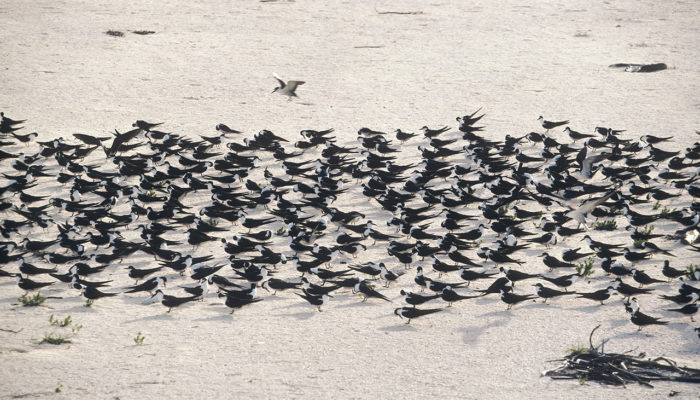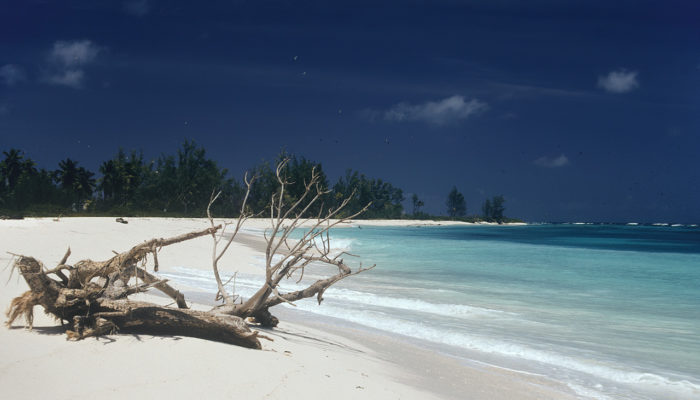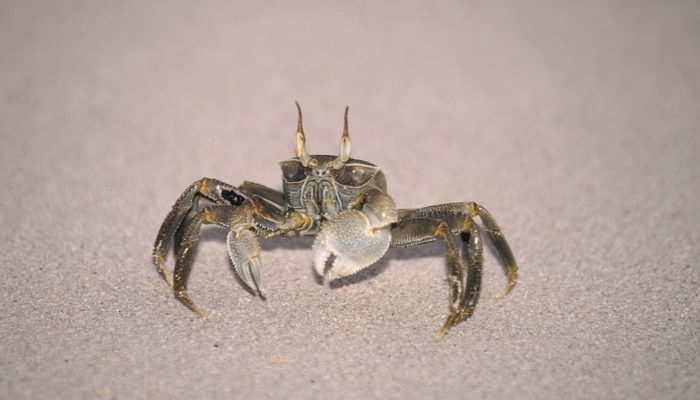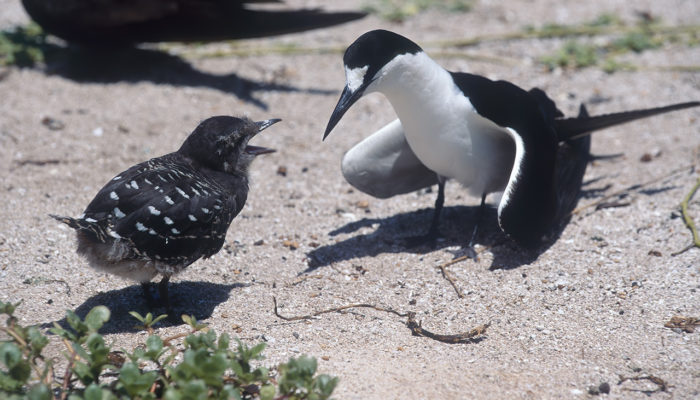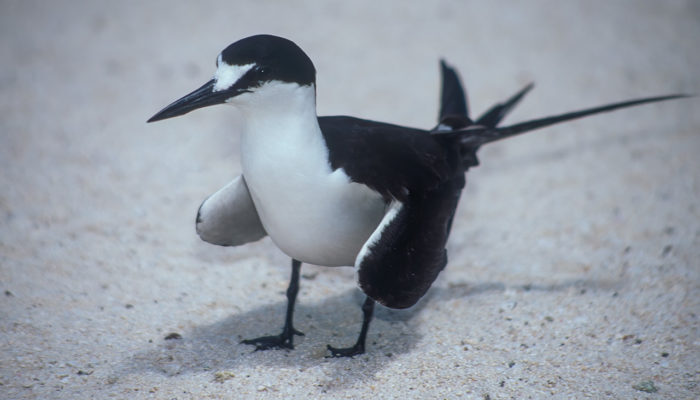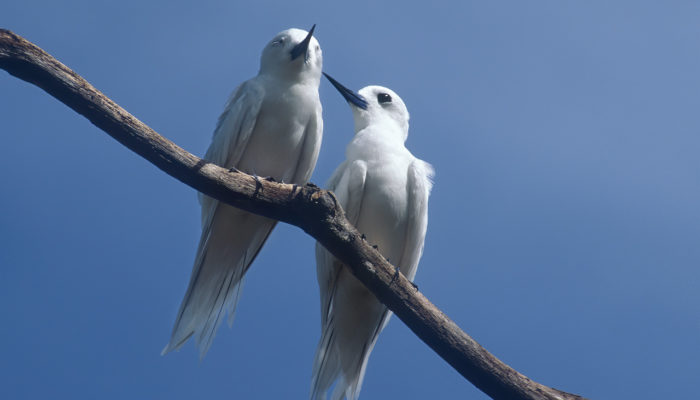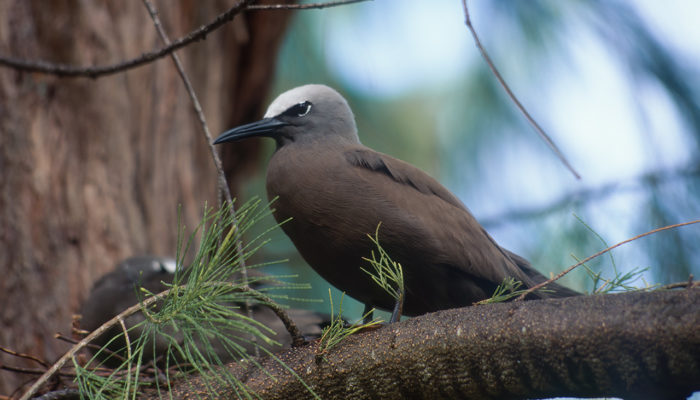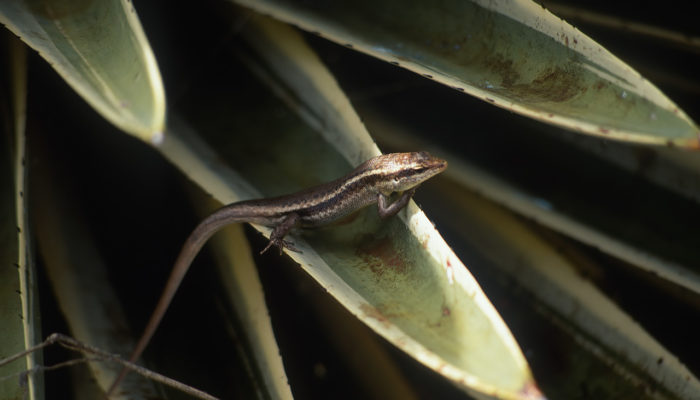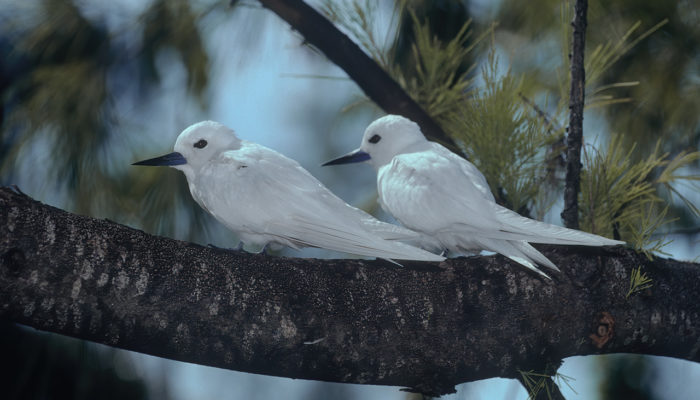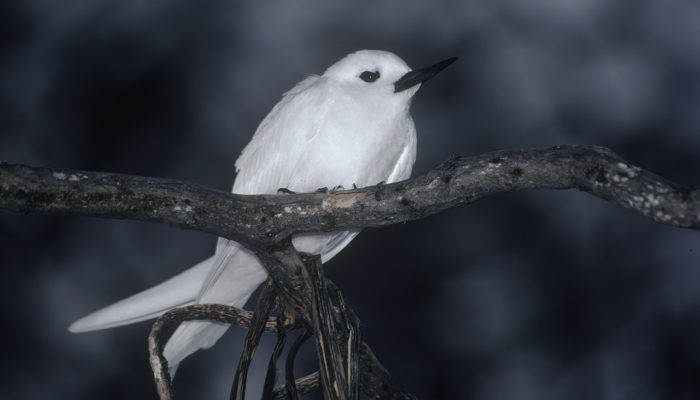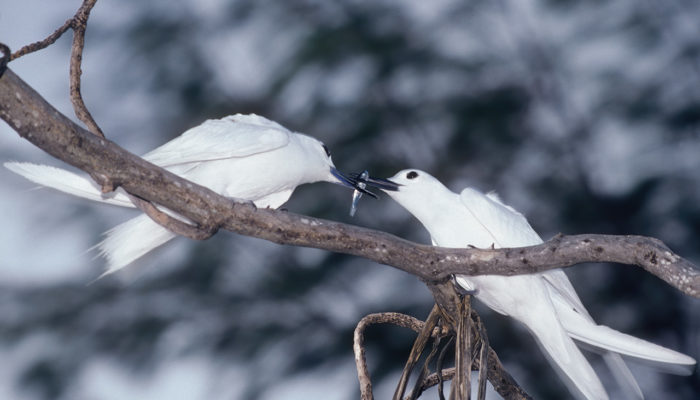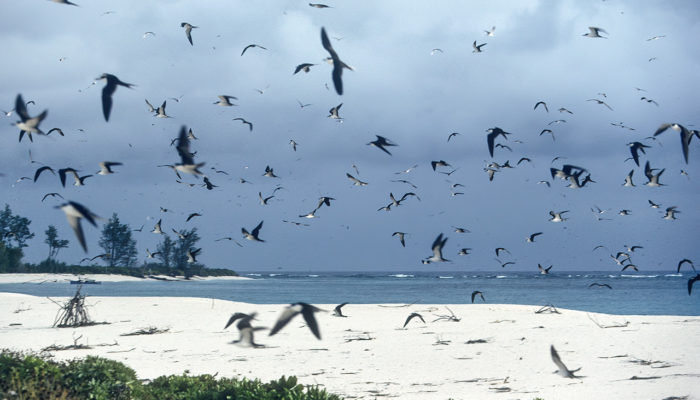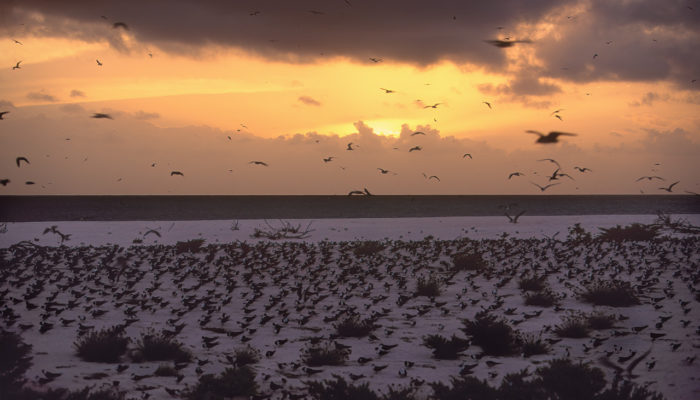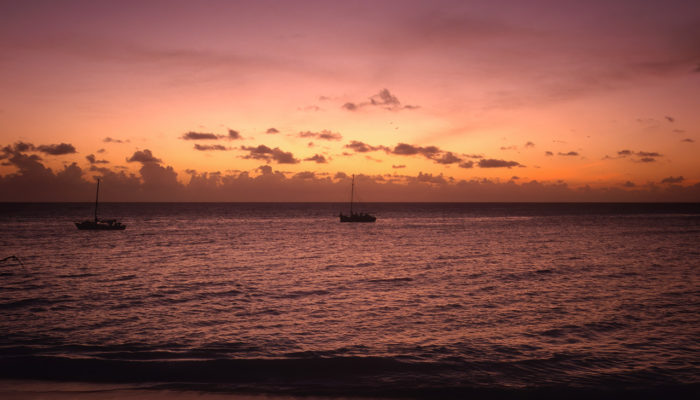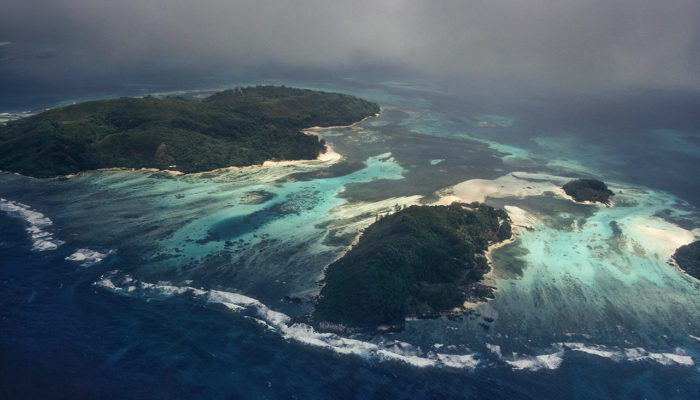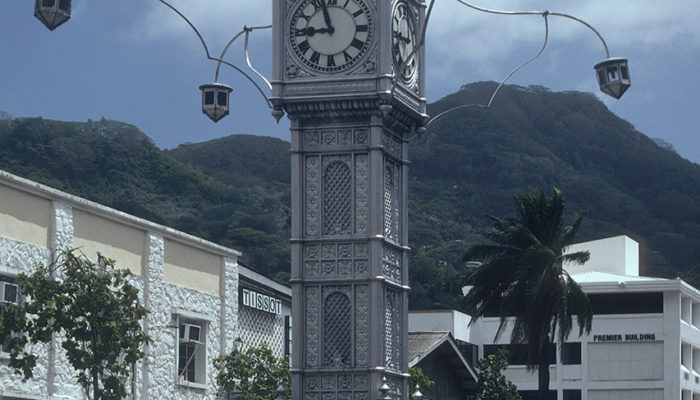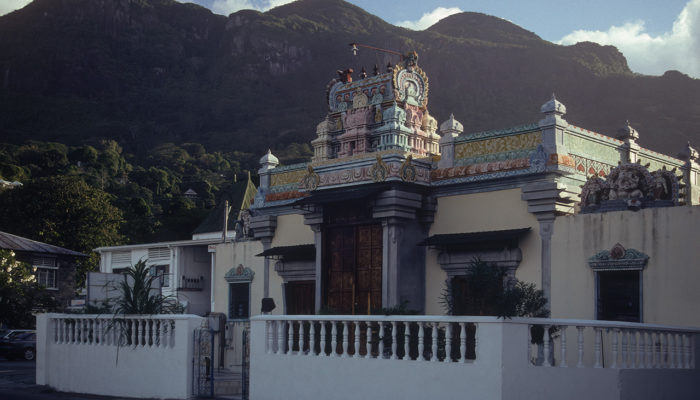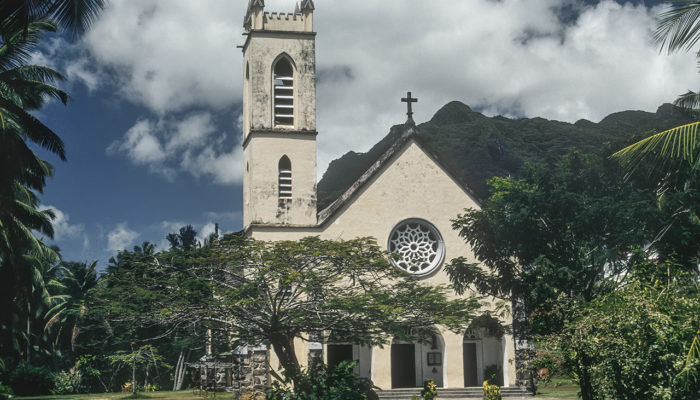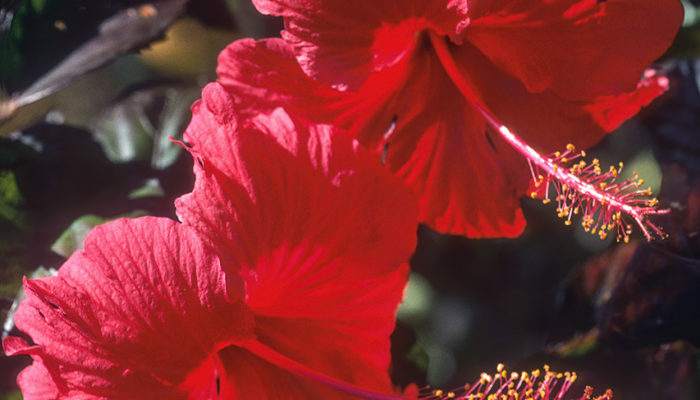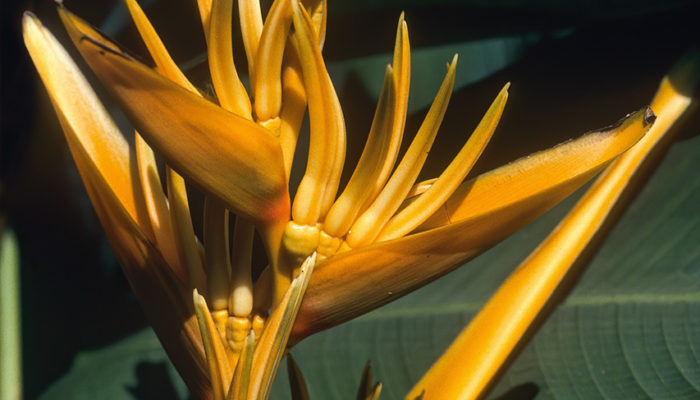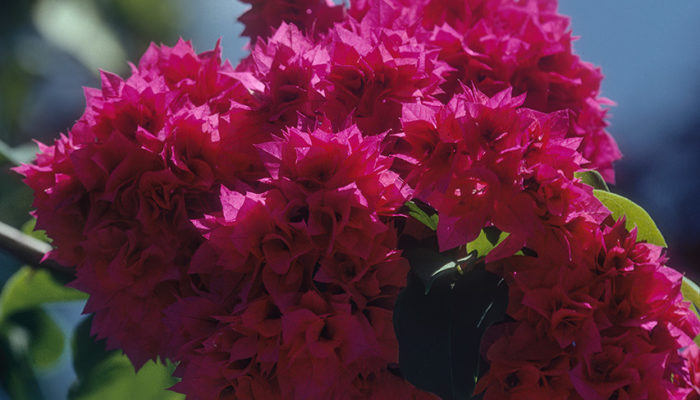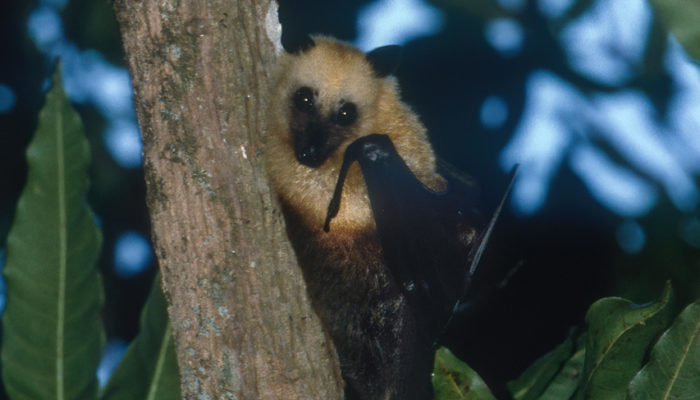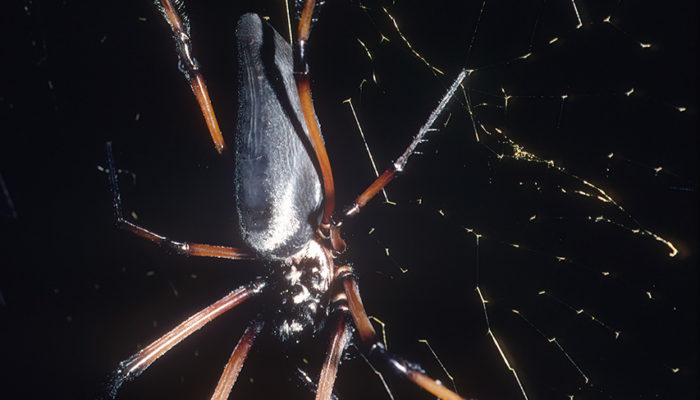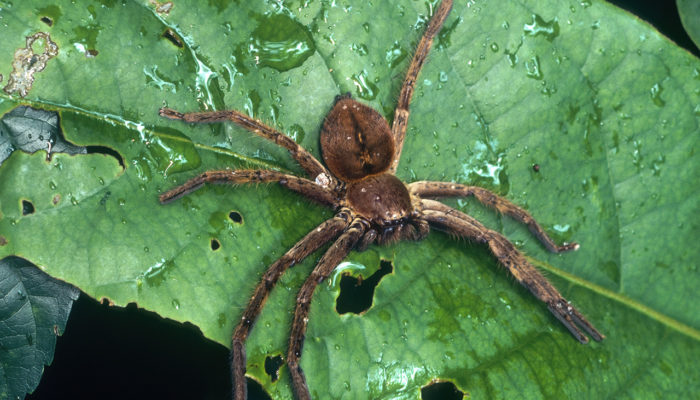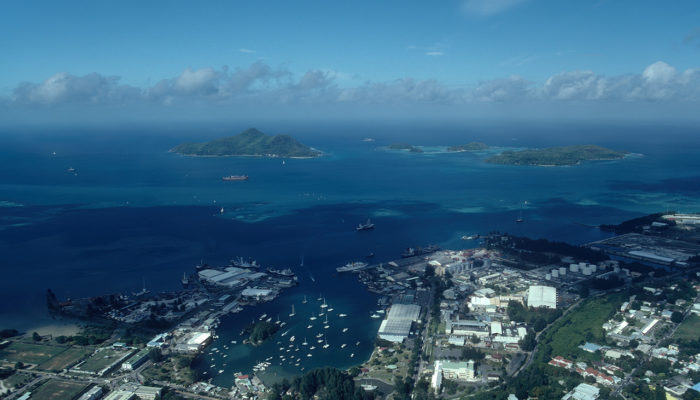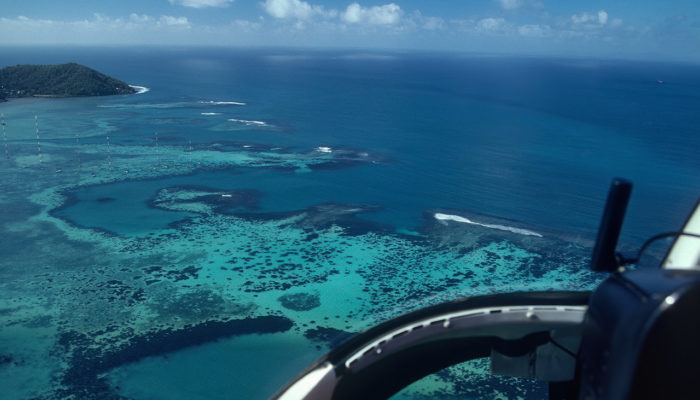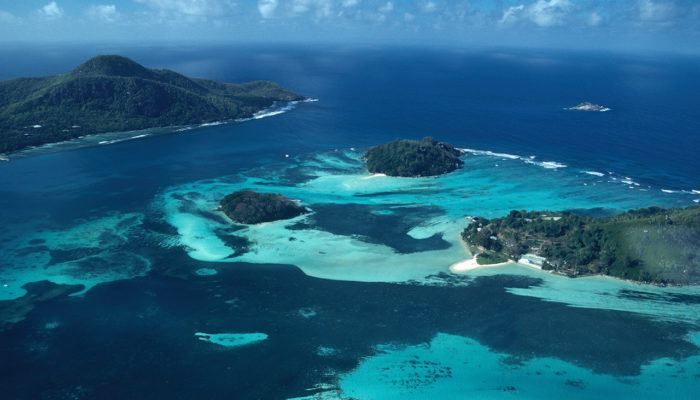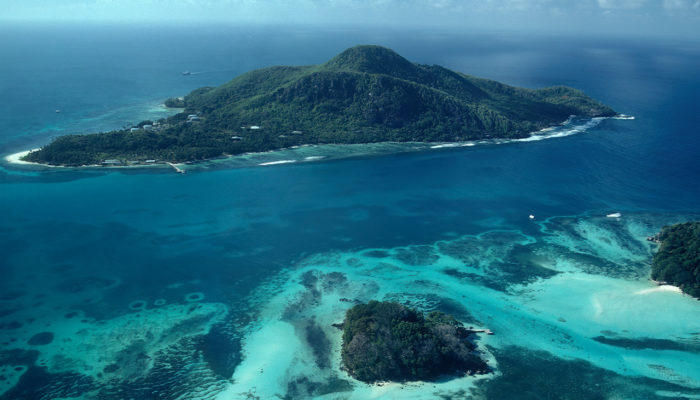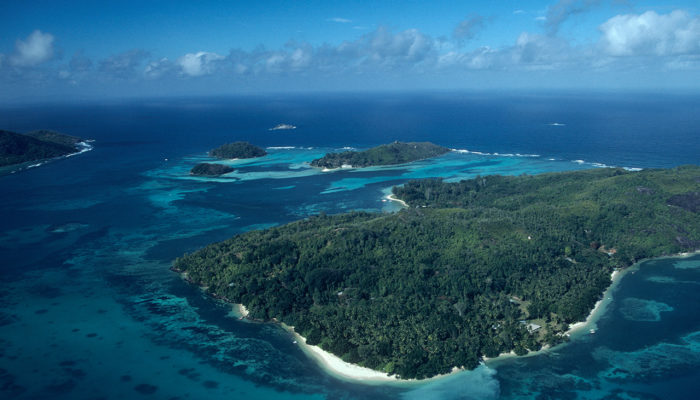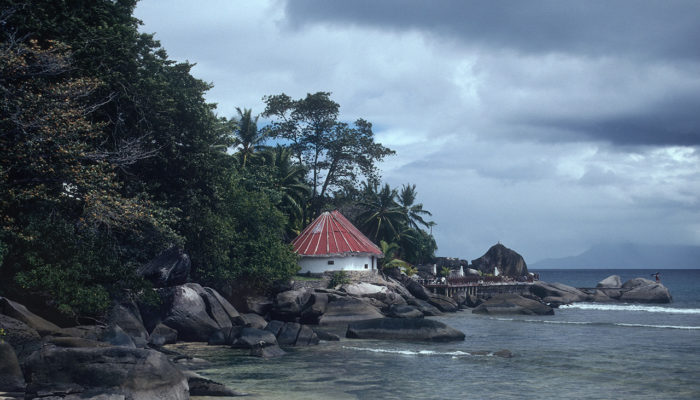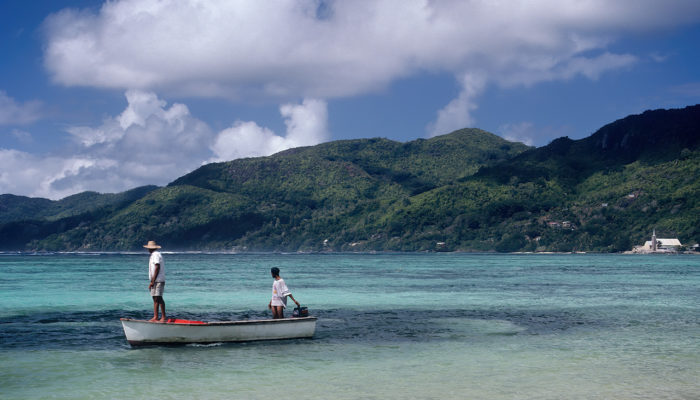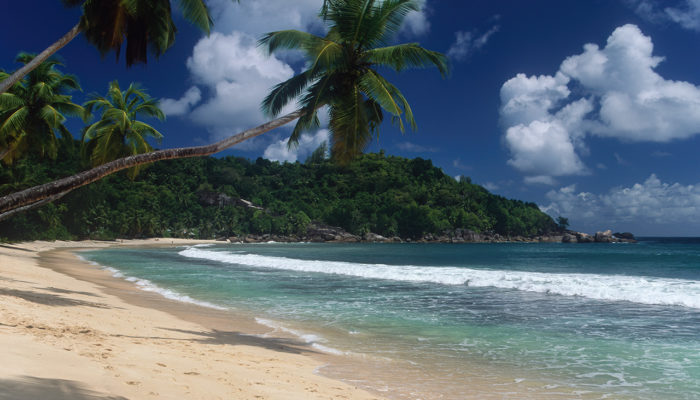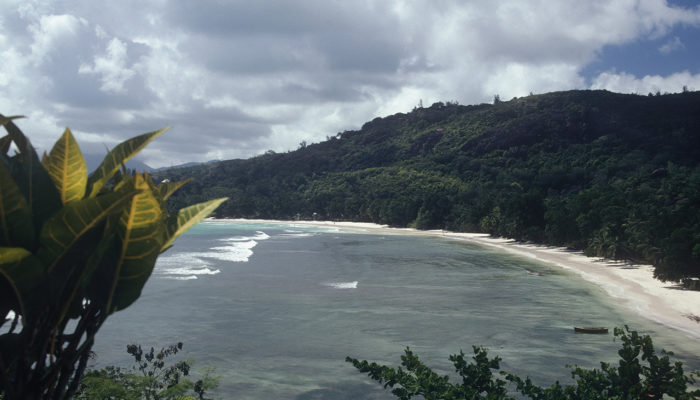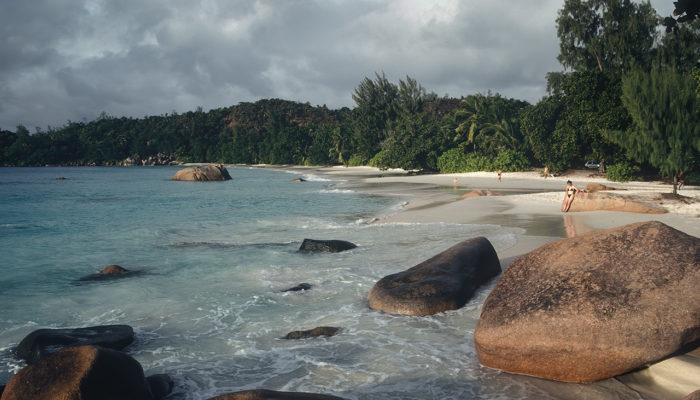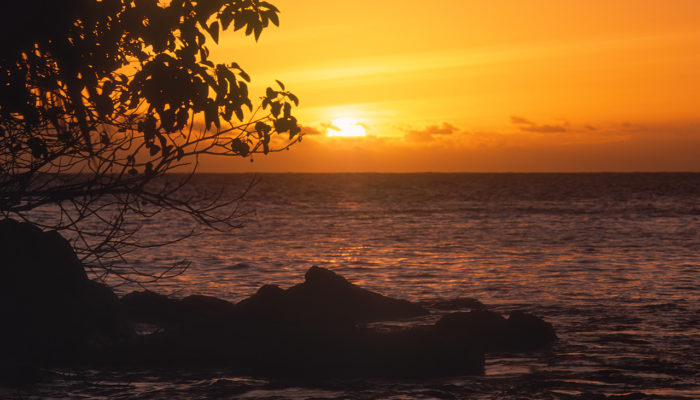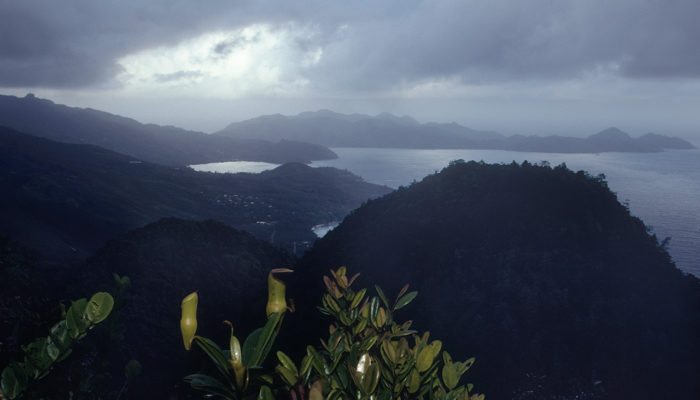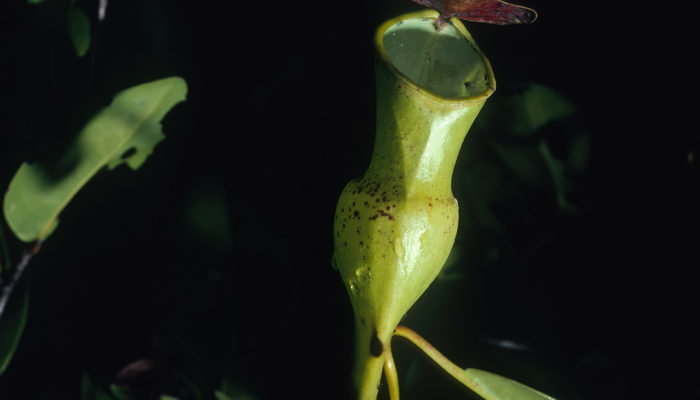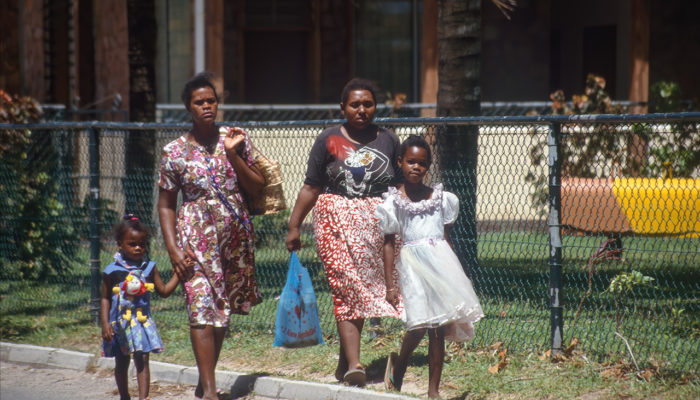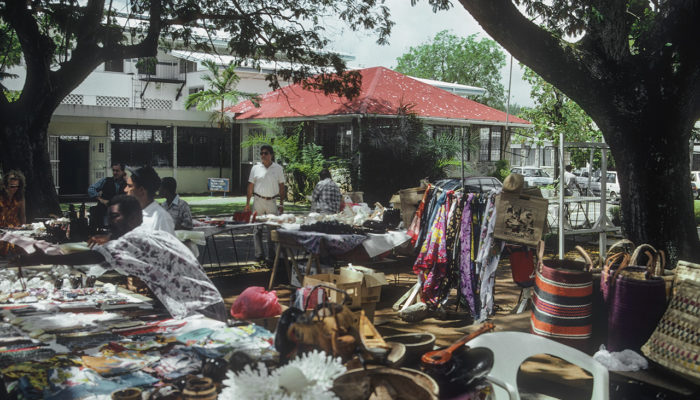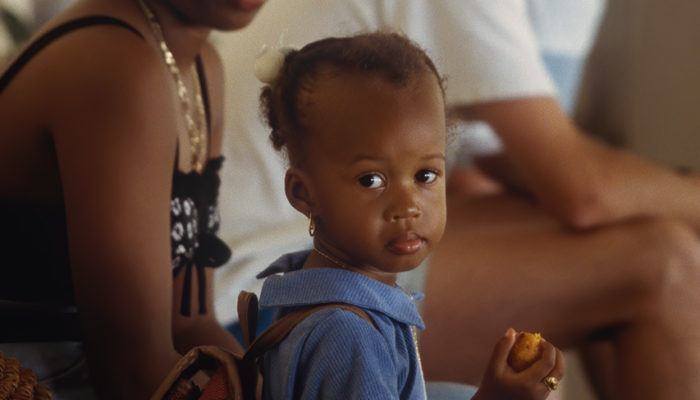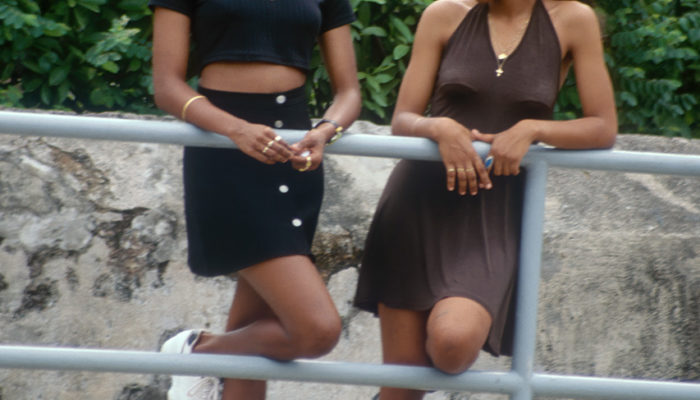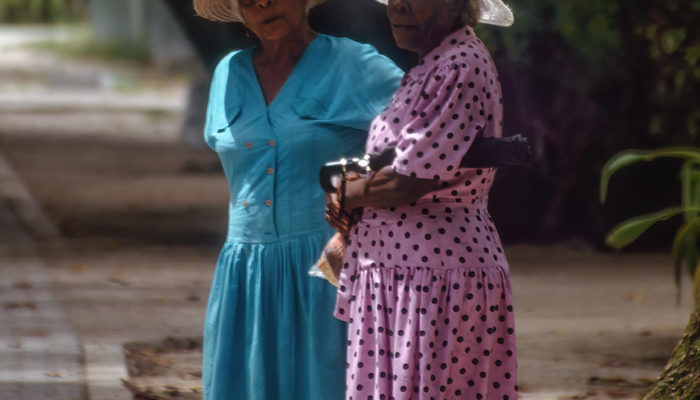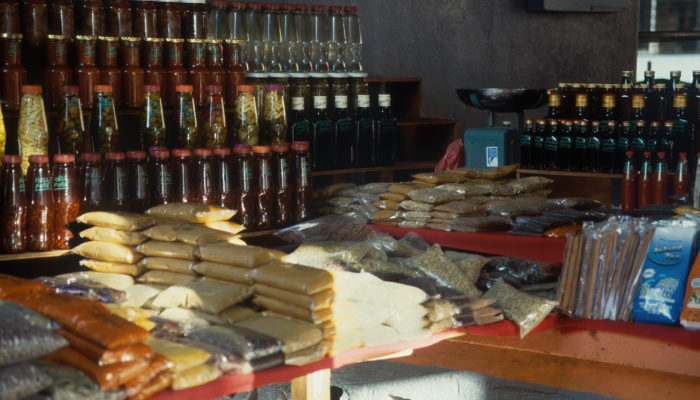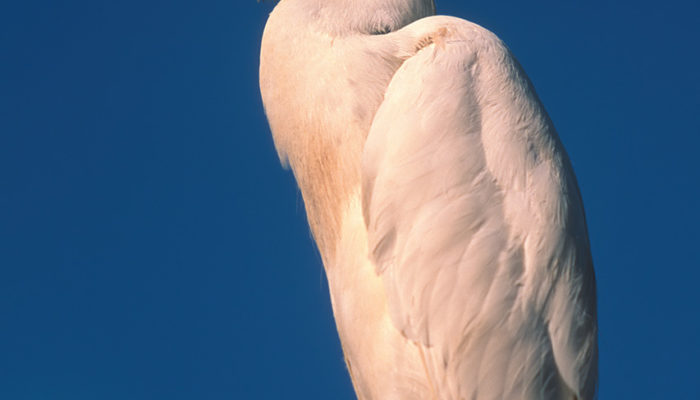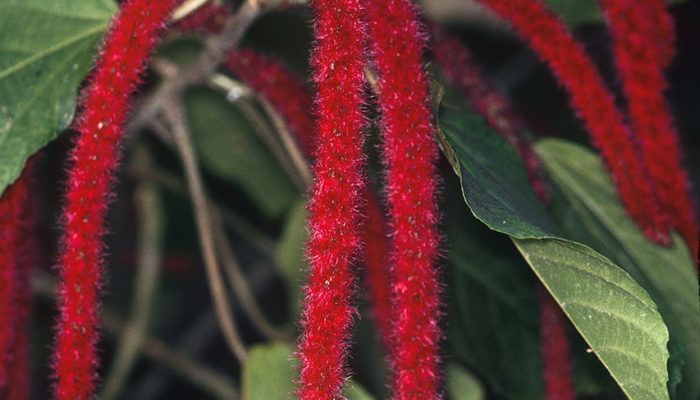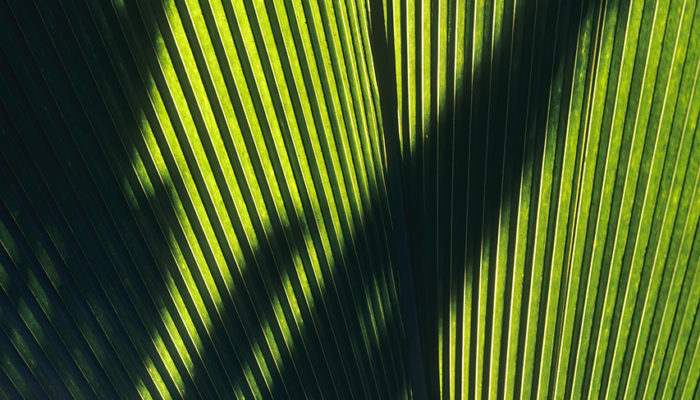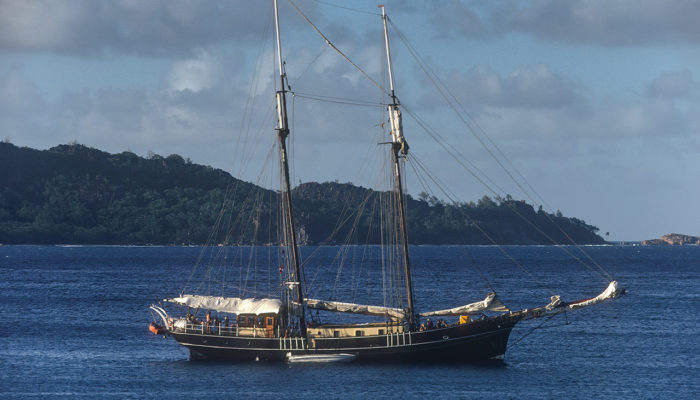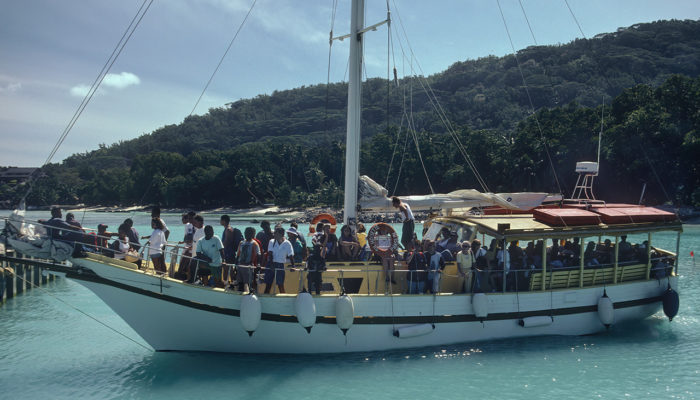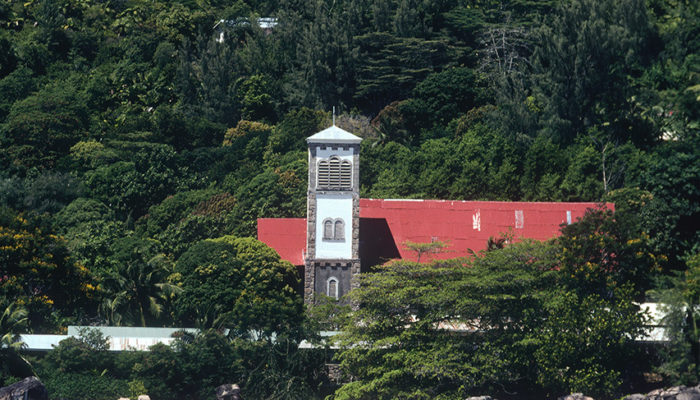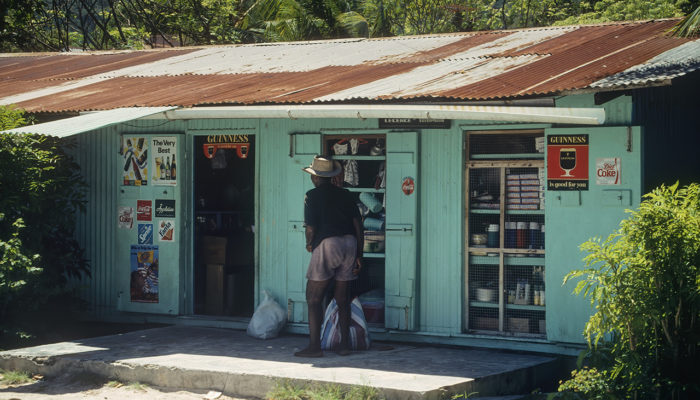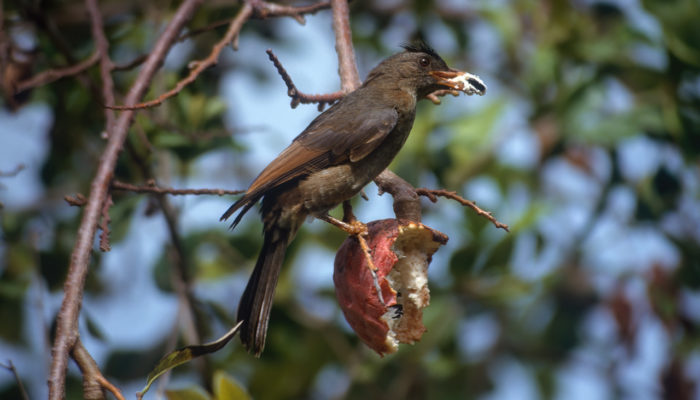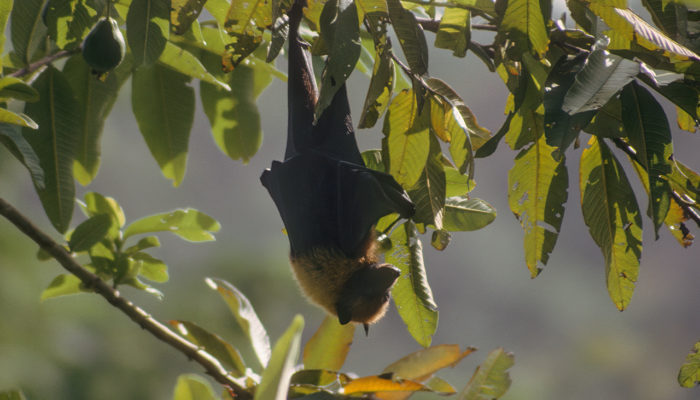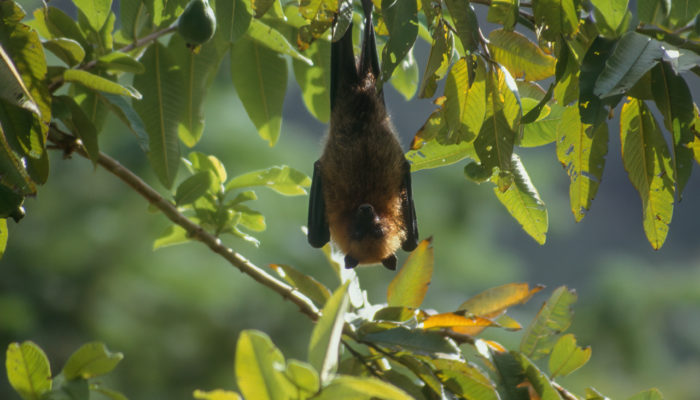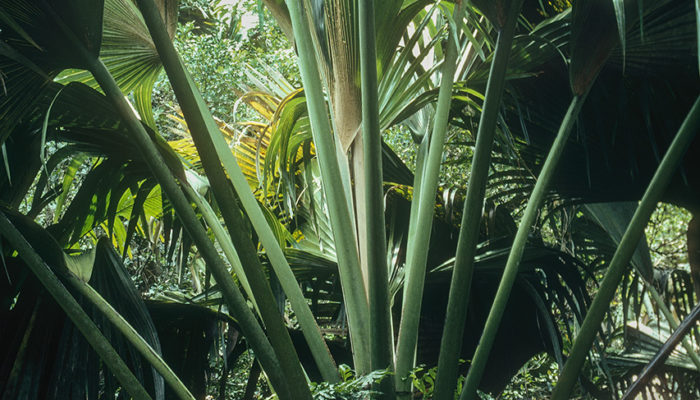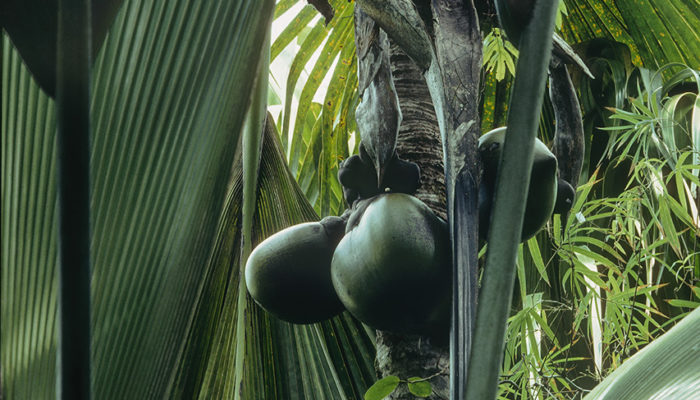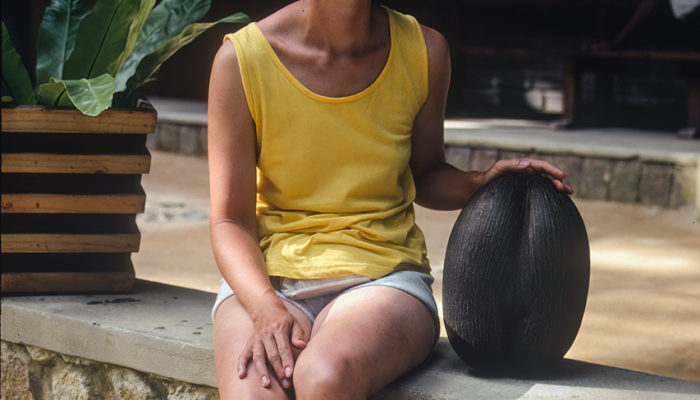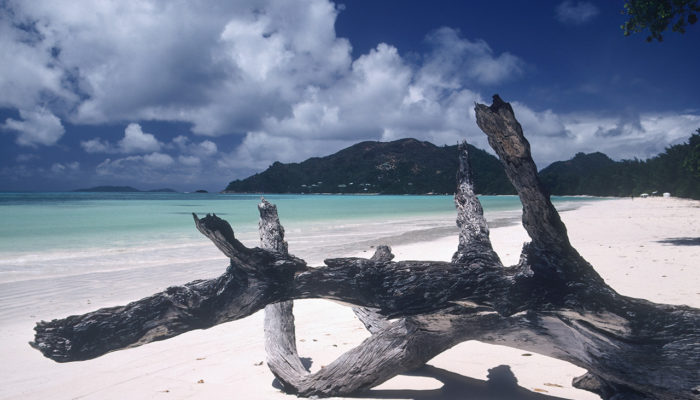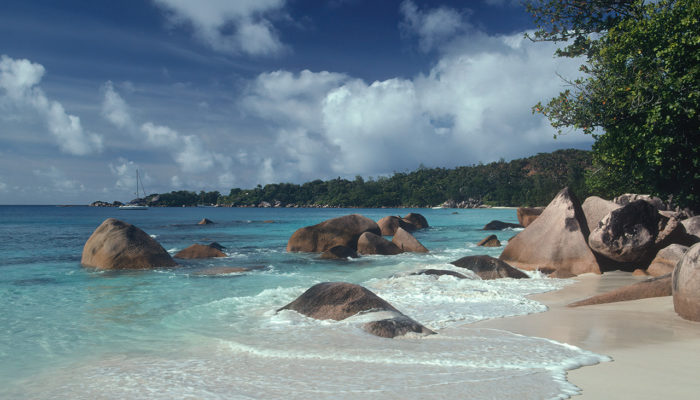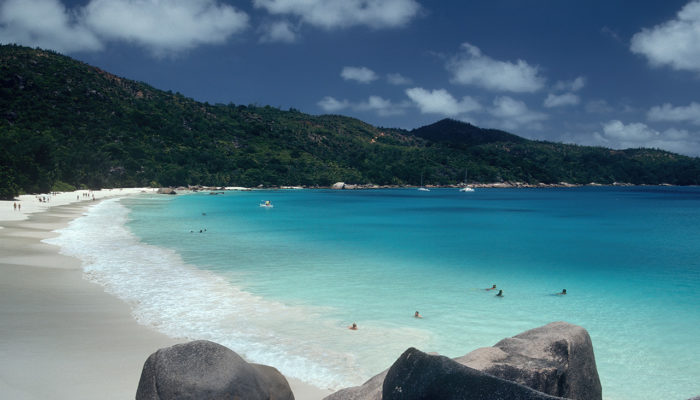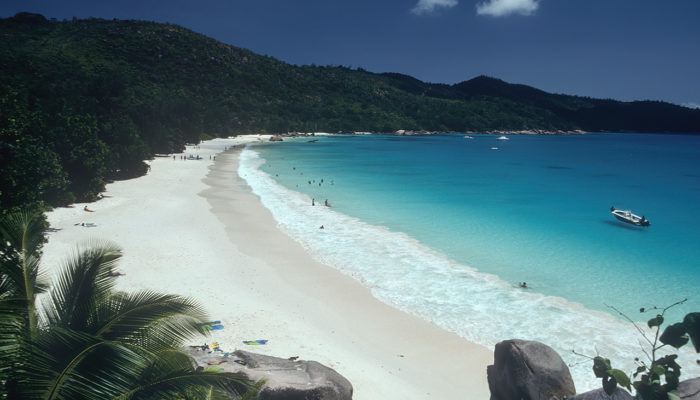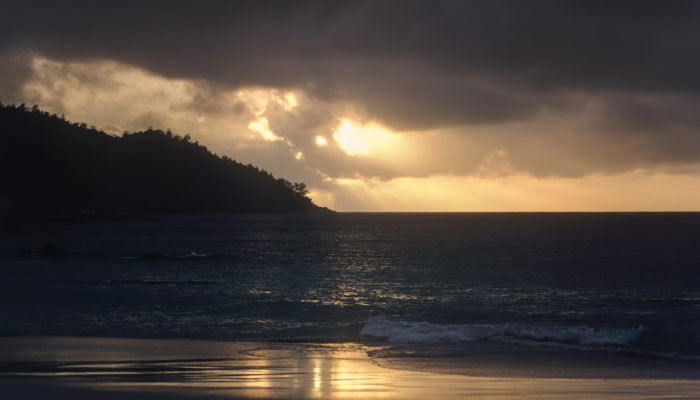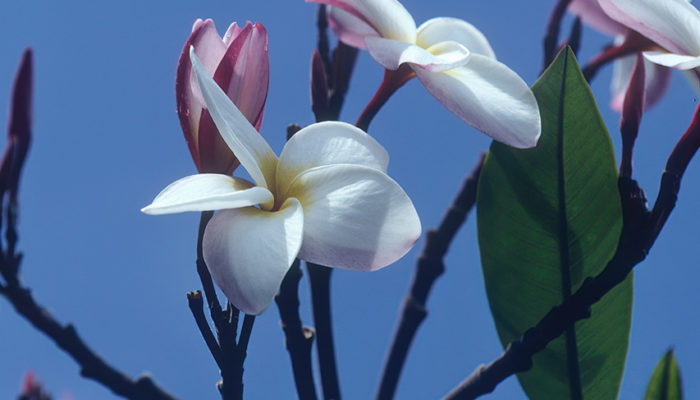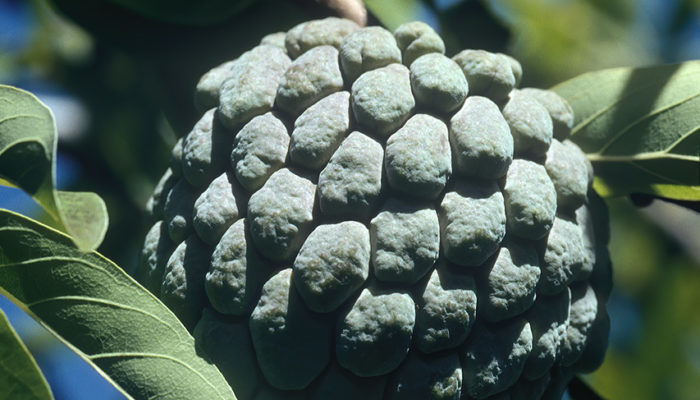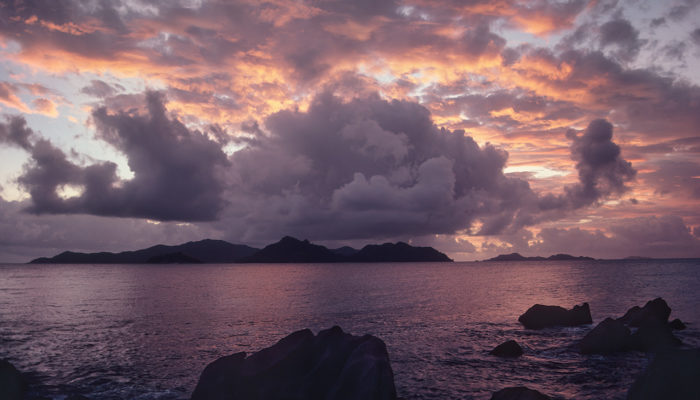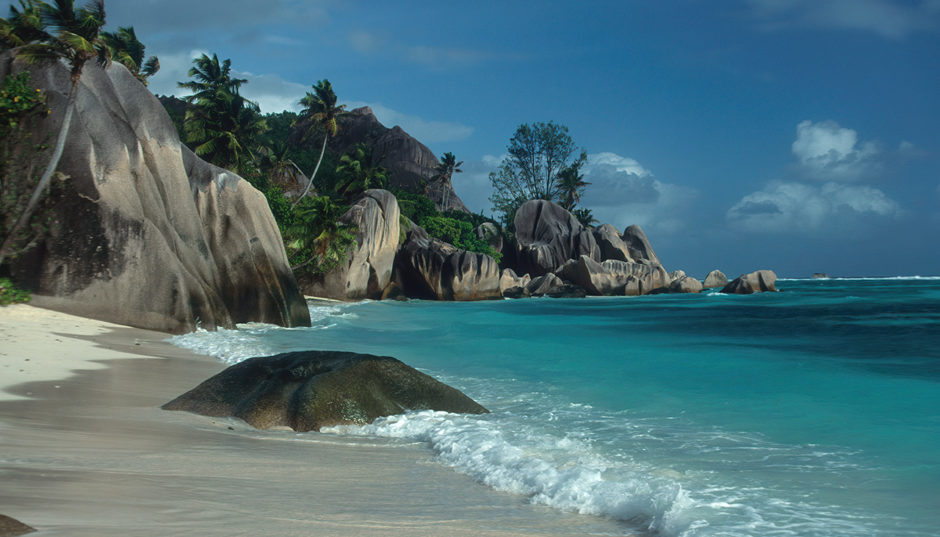
The Seychelles are without doubt some of the most beautiful islands in the world – real jewels in the sparkling turquoise and jade-green of the ocean, with large and picturesque white sandy beaches. The islands are home to a wide variety of animal species including 220 species of birds and 30 reptiles.Their lush vegetation consists of more than 1100 species of plants.The biodiversity of the Seychelles includes a considerable number of endemics. Furthermore, the archipelago hosts some of the largest seabird colonies in the world, notably on some of the coral islands. But especially the sculptured bolders and dramatic multi-colored granite cliffs rising majestically from a shallow continental shelf and contrasting to the beaches dominate the landscape of many islands and have contributed to the worldwide fame of the Seychelles.
please zoom in (+) for more details of the islands
The archipelago is located in the Somalian segment of the Indian Sea, about 1,600 kilometres (994mi) east of Kenya. The Seychelles has a land area of only 444 sq km but stretches across 388 000 sq kilometres of the Indian Ocean. There are 115 islands altogether, 42 of which are granitic (Granitic Seychelles) and the remainder coralline. The granitic islands are clustered within a radius of 84 km from Mahé, the main island, while all the coral islands lie further away. Mahé, Praslin, Silhouette and La Digue in descending order of size are the most important and most known granitic islands. Bird and Denis, situated about 93 km away are the nearest coral islands to Mahé. The 42 Granitic Seychelles and the 2 previously mentioned coral islands extend in the shallow waters of the Seychelles Bank and are referred to as the Inner islands.
Seychelles were uninhabited throughout most of recorded history.The majority of the islands still is unpopulated with many dedicated as protected areas with a large number of them not accessible to the public.The Seychelles is amongst one of the countries in the world with the highest percentage of land area legally protected for conservation purposes. At present, over 46% of the archipelago’s land and an additional 228 sq km of ocean are legally protected in the form of national parks and reserves. A further 20% is classified as being sensitive.
As of 2019 the population of the Seychelles officially has increased to 98500 inhabitants – compared to 78096 back in 1997 when I had visited the islands. 90% of the population lives on the main island Mahé- a quarter of it in Victoria, its capital and largest city. The second largest island Praslin presently has around 8660 inhabitants and La Digue just around 2920. Based on the history with recent British and French control and influences until the independence in 1976, the population is composed of immigrants and their descendants.The ethnic breakdown is 93% Seychellois Creole, 3% British, 1.8% French, 0.5% Chinese, 0.3% Indian and 1.2% other resulting in a wide spread racial blending.
The Seychelles has a tropical climate, of course; generally it’s warm and humid averaging 29°C throughout the year and 79% of humidity. Between May to September, the temperature drops slightly due to the trade winds from the southeast. From December to March, the northwest trade winds bring more heavy rain, along with warmer weather and higher humidity. The weather in Seychelles also can vary markedly between different islands. Because of the seasonal variation of the climate mentioned above, our trip took place from mid August to the beginning of September in order to fall into the relatively lower rain period. However, on arrival we unexpectedly were welcomed by grey skies and pouring rain that continued on the following 2 days with just short breaks. Prior to our visit, they had stormy weather with a lot of devastation and many streets still were flooded.The newspaper reported it to be the worst flood since 1872. No question, that our first impression of the “paradise” was pretty disappointing after the tiring flight. There were spells of rain between sunny periods on many other days, too, though the photographs in the gallery may give the impression of perfect weather almost all the time. But you cannot expect continuous seamless sunshine on every day no matter when you plan your visit.
As most people visiting the Seychelles, we arrived on the international airport on Mahé– as mentioned the largest and most populated Island that covers almost one third of Seychelles’ land mass. During our 6 days stay there we extensively explored the island by bus and later on a rental car, visited the capital of the Seychelles – Victoria – , the local market, the clock tower as well as the beautiful tropical Botanical Gardens where I also photographed the fruit bats there. Of course, we also went to Mahé’s marvellous beaches (mostly-called “anses”), such a Anse Royal, Grande Anse, Beau Vallon, Anse Intendance, Anse Takamaka to name the most popular ones of many more.The inner part of Mahe´ is mountainous with the highest peak of the Seychelles, Morne Seychellois (915m), in the center of the identically named National Park – one of Mahe´’s 3 NP. From the heights of “Sans-souci”, that contained an old mission, one has a broad and spectacular view of various bays and inlets on the west coast. We also did some hikes through the rainforest, i.e. in search of the Pitcher Plant and further upwards to a viewpoints for a stunning panorama over the Indian Ocean. Our helicopter sightseeing flight across the turquoise waters, reefs and small satellite islands off the coast of Mahe´, forming the St. Anne Marine National Park, was a special highlight.
On the next day, the small Island Hopper aircraft took us to the coral built Bird Island which is the northernmost island of the inner Seychelles. It’s a true and pristine natural paradise, rated #7 in World’s top 10 eco-destinations by the BBC Wildlife Magazine.
The small island is only 1,5 km (1 mi) long and just over half a kilometer wide. It’s privately owned by the Savy family. There is no airport, just a grass area for the air shuttle to land and start from, no streets and cars, no fancy tourist resorts, entertainment, shops and other infrastructure. As of 1997, there were just 24 beautiful individual lodges (chalets) and a small restaurant, all scattered over the place, surrounded by the tropical vegetation and close to the white sandy beaches. Only a very limited number of guests has been accepted. As the name suggests, the huge bird colonies are the main reason for a visit. From May to October, the northern part of the island is home to millions of nesting SootyTerns. The island is also an important nesting site for turtles and claims to host the world’s largest land tortoise, Esmeralda. At least 20 species of birds are resident throughout the year, such as the Brown Noddy and the photogenic pure-white Fairy tern. It is also an important place for migrant and vagrant birds and claims the highest number of first time records for any single island of the Seychelles. Apart from birdwatching and exploring the nature trails leading through the spacious palm groves, the crystal clear waters protected by the reef offered us several opportunities to snorkel and marvel at the countless colorful reef fish.That said, strolling along the mostly deserted sandy beaches to the bird colony with millions of terns nesting on the open ground and filling the sky, accompanied by their ever present sound and squawks remain an unforgettable experience.
After the 3days stay on Bird Island the Island Hopper took us via Mahe´ to Praslin where we were transferred straight to the harbor for a bumpy boat ride to La Digue, – the smallest of the three main granitic islands that is not accessible by aircraft. The island represents a big step back from civilization compared to Mahé (and Praslin). As of 1997, there were only 6 motor vehicles on the island to transport goods and building materials, and a mini-bus service. The principle means of transport still has been the ox cart or bicycles to get around, the latter also available for rent. Walkers can reach any part of the island within an hour, though. Given the camera equipment to carry, we mostly took bikes to get around. The majority of inhabitants live and work on the coconut and vanilla plantations or earn their living fishing or boat building. An extreme large and impressive coconut plantation is located at Anse Cocos.
La Digue particularily has contributed to the fame and attraction of the Seychelles because of the spectacular giant cliffs and bolders, primarily located on the famous white sand beach of Anse Source d’Argent, but also on Grande Anse, Petit Anse, Anse Cocos and others. Some of those beaches have served as backdrops for movies, fashion set ups and commercials (i.e. “Bacardi Beach”). In fact, the outstanding sceneries had been an important motivation for my visit of the Seychelles, too. Consequently, we went several times to all those places for photographing the beaches and granite structures in best light.
Another highlight of La Digue is the rare and critically endangered Seychelles Black Paradise Flycatcher.The La Digue Vev Special Reserve is one of the few reserves in the world established to protect a single species. As of 1997 the reserve held perhaps no more than 7 or 8 pairs of that flycatcher. We went on a guided tour to the Reserve; I was happy to see and photograph this magnificent bird and also the Seychelles Sunbird, another endemic species. Unfortunately I had no long lens at that time, though.The hike continued upwards to a lookout that offered a beautiful overview of the coast.
From La Digue we went back again to Praslin by boat for our final 5days stay on that second largest island of the archipelago. Apart from its glorious tropical beaches, Praslin is best known for the famous Vallee de Mai World Heritage Site and National Park, acclaimed by some as the forgotten Garden Eden and in fact has no equal. It’s one of only two places in the world where that botanical rarity, the Coco de Mer, grows wild.The fantastic palm forests with the mammoth fan-shaped fronds of the Coco de Mer simply are overwhelming and breathtaking.The Coco de Mer is the largest seeds in the world. There are 5 more rare endemic palms in those forests, too. Vallee de Mai is one of the most precious spots on earth and also the home of one of the world’s rarest birds, the Black Parrot.
Anse Lazio on the northwest tip of Praslin is considered by many to be the most beautiful beach in the world that also was used as backdrop for commercial shootings on one day of our visit.There are many other splendid beaches such as Anse Volbert on the Cote d’Or, Grande Anse and Anse Kerlan, some backed by incredible granit cliffs.
Photography:
In 1997 digital photography was not yet in sight; the introduction of Canons first affordable DSLR EOS D30 (3,1 MP) was still 3 years away. So all images of the gallery were captured on film, using my Canon EOS-1V , EOS-1N and EOS-3 cameras with the 28-80mm /f 2.8-4 L USM, 20-35/f 2.8 L and 80-200mm/f 2.8 L (formerly labelled as the “magic pipe”). Close ups were shot with the 100mm /2.8 macro lens, optionally supported by the ML-3 Ring flash. At that time, my focus primarily was on landscape photography and I had no long prime lens for shooting wildlife yet. I mostly used Kodachrome 64 slide film because of its archival longevity. In fact the slides have not faded or changed their color balance over the past 23 years. A few images were taken on Fuji Velvia or Sensia and Kodak Elite film, too. For the most part their colors have not visually shifted or faded either.
The slides were individually digitalized with my Nikon LS- 4000 ED film scanner at maximal resolution (4000 lpi) by using the professional Silverfast AI 8 scan software and the scans then tweaked with Lightroom or Photoshop and Topaz Denoise.The 16bit Prophoto masterfiles were downsized and converted from Tiffs to Jpegs for the gallery. For the most part, I’m content with the results. However, most transparencies –in particular Kodachrome – are “contrasty” and prone to block up shadows so that details cannot always perfectly recovered. Additionally, the Dynamic Range of most scanners cannot live up to the standards of today’s digital cameras so that extensive lifting of the shadows can turn them “muddy” and dull without showing much more details. Sometimes Multi-exposure and Blend Modes can help a bit but the satisfactory revealing of shadow details remains a challenging and time consuming task at best.
The final word:
I have no insight into the changes over the past 23 years since my visit of the Seychelles with regard to the tourist development and infrastructure, urbanisation (especially on Praslin), subsequently possible waste increase, marine pollution and other environmental issues, evident on many formerly unspoilt spots in the world. The Seychelles still claim a global leadership in environmental protection, though, which is embedded in the constitution. But the law enforcement and monitoring is said to be relatively weak. Definetely the impact of the climate change such as coral bleaching, soil erosion and an increasing exposure to natural disasters has affected and threatens the Seychelles, too.
In any case, I’m extremely grateful that I had the chance to see this spectacular tropical paradise once in my lifetime – and still in its pretty healthy and widely unspoilt status at that time, at least.

